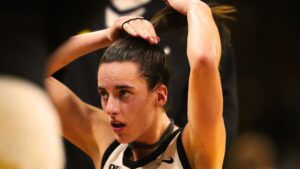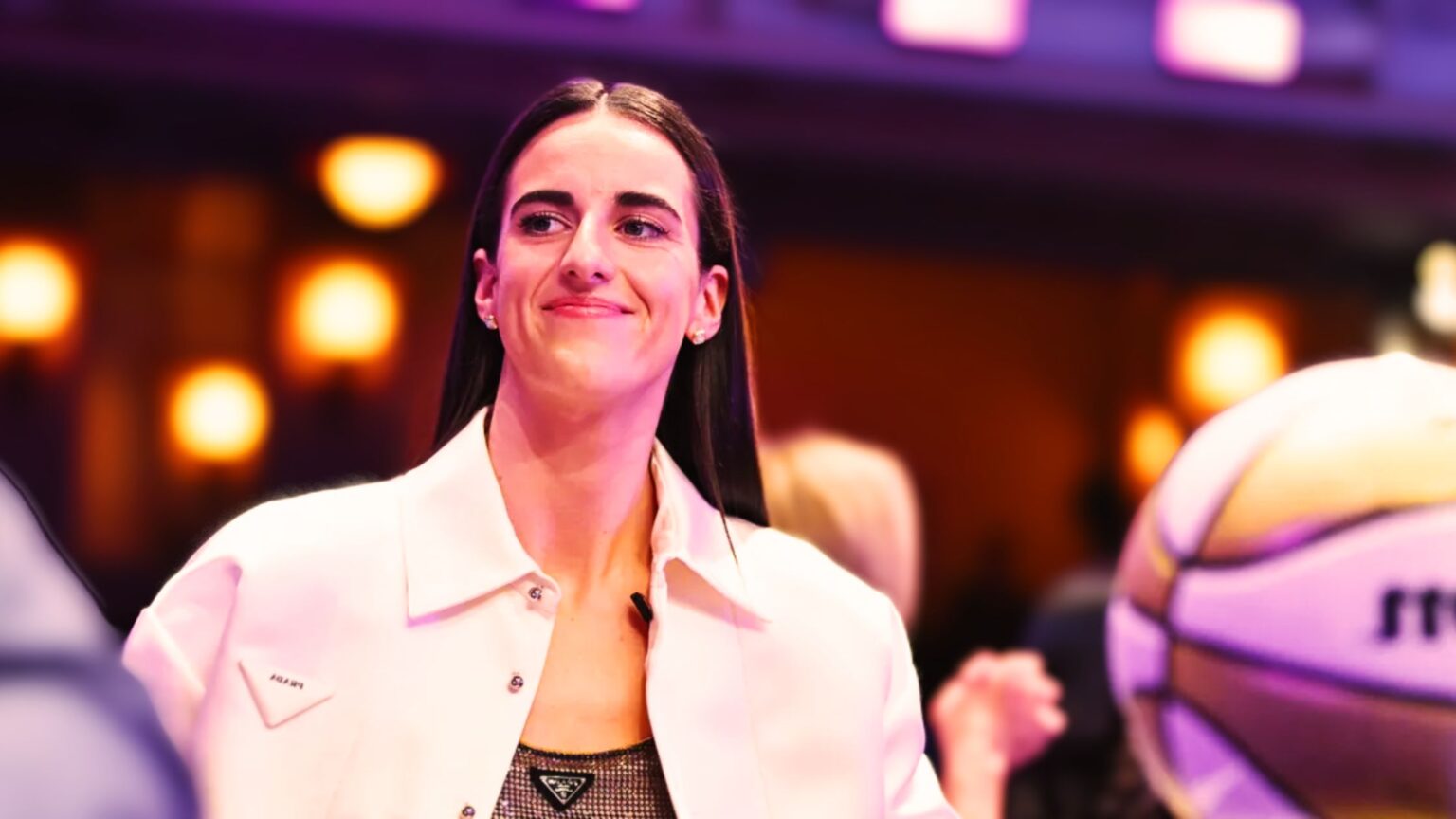The dilemma of being both well-liked and financially successful
Recently, the WNBA has experienced a rise in popularity, seeing record-breaking attendance and viewership figures. Nevertheless, this achievement has not resulted in financial success. It is anticipated that the league will face about $50 million in losses in 2024, which is a substantial jump from its previous yearly deficits. This contradiction of increasing interest alongside worsening financial troubles highlights the difficulties the league is encountering in striving for lasting viability.
Unprecedented number of people attended and watched.
May 2024 saw the WNBA’s most attended first month in 26 years. Viewing figures were also broken on prominent networks such as ABC, ESPN, and CBS. Caitlin Clark’s first game for the Indiana Fever was a highlight, drawing 2.12 million viewers on ESPN2, making it the most-watched WNBA game in 23 years. The arrival of college standouts like Clark and Angel Reese has played a key role in attracting new supporters to the league.
Challenges related to finances continue to endure.
Even with its growing fan base, the WNBA continues to operate at a loss after 28 years. In 2018, NBA commissioner Adam Silver disclosed that the WNBA had been experiencing annual losses of more than $10 million since it was first established. A recent report from The Washington Post predicts that the league and its teams will face a loss of approximately $50 million in 2024, which is five times more than the usual historical average.
WNBA ‘expected to lose’ US$50m in 2024 despite surging interest. Losses set to increase five-fold as league continues to bleed money amid record attendances and viewership. The reason🤔?https://t.co/dICaWGKiu0 pic.twitter.com/uZI6gatMpz
— 206-SEA (@206SEA_) June 14, 2024
The Significance of a Profitable Broadcasting Agreement
Securing a profitable broadcast deal within the country starting in 2025 is vital for the WNBA to achieve profitability. The recent increase in the league’s viewership puts it in a good position for discussions. The league’s commissioner, Cathy Engelbert, has shown confidence in the possibility of greatly elevating the worth of the league’s existing deals with ESPN, Ion, and Amazon, that are valued at a maximum of $60 million per season. Engelbert’s goal is to increase these numbers by at least two-fold.
Growth and Outlook for the Future
The WNBA will grow as Toronto becomes the league’s 14th team in 2026, with a goal to reach 16 teams by 2028. The Golden State Valkyries are set to start playing in 2025, with their owners said to have paid a record $50 million expansion fee. These additional charges, paired with the expected rise in income from broadcast rights, could give a significant financial boost to the league.
Sponsorship deals and the distribution of revenue.
The WNBA continues to have a solid sponsorship lineup, with new partners like La Crema, Opill, and Mortgage Matchup joining this year. Nonetheless, just 40% of the WNBA earnings makes its way to teams and players, while the NBA and external investors receive considerable portions. This is in contrast to the NBA, where all 30 teams receive an equal share of the revenue. The WNBA will see a decrease in the financial gain from its upcoming TV contract.
Potential changes to the CBA could alleviate players’ frustrations.
WNBA players have voiced their frustration about the league’s finances not being transparent. Players have the possibility to choose not to participate in the current collective bargaining agreement (CBA) until the 2025 season, despite it being in effect until 2027. Players are looking for a fairer sharing of profits and more openness in financial matters.
The NBA’s Role and Strategies for the Future
The NBA, which controls about 60% of the WNBA, is a key ally, offering substantial financial assistance and resources. Yet, in order for the WNBA to attain sustainable profitability and autonomy, it needs to create a strong plan that decreases its dependency on the NBA. This involves optimizing its earnings from broadcast rights, growing its market, and guaranteeing equitable income distribution among its teams and players.

Journey to Financial Success
The path to financial success for the WNBA is filled with difficulties, however, the league’s increasing fame and smart expansions set a strong base for future achievement. Securing a profitable broadcasting deal, increasing the league’s size, and drawing in top college players are crucial measures. Ensuring transparency in financial transactions and responding to players’ worries will be essential in establishing trust and stability in the league.
Outlook for the future
The WNBA is currently facing a crucial moment in its history. The league’s increasing appeal, along with strategic growth and possible rises in broadcasting revenue, pave the way for long-term viability. Nevertheless, long-term profitability can only be achieved through a collaborative approach to tackling financial obstacles, guaranteeing equitable revenue sharing, and upholding the backing of both supporters and athletes. While facing these challenges, the league can establish a model for women’s sports and establish a enduring reputation for triumph and fairness.


